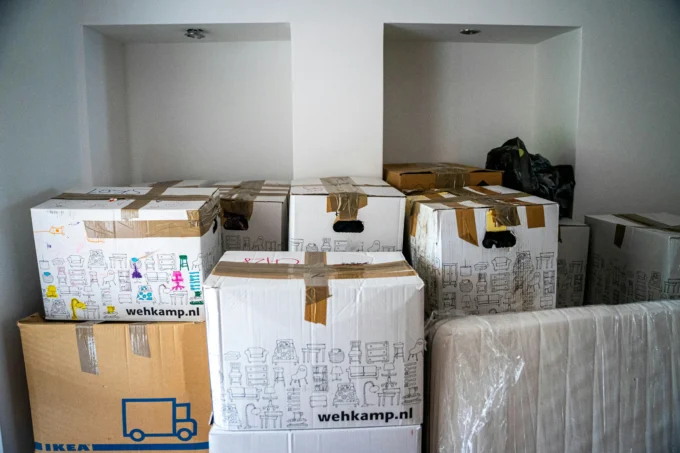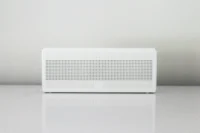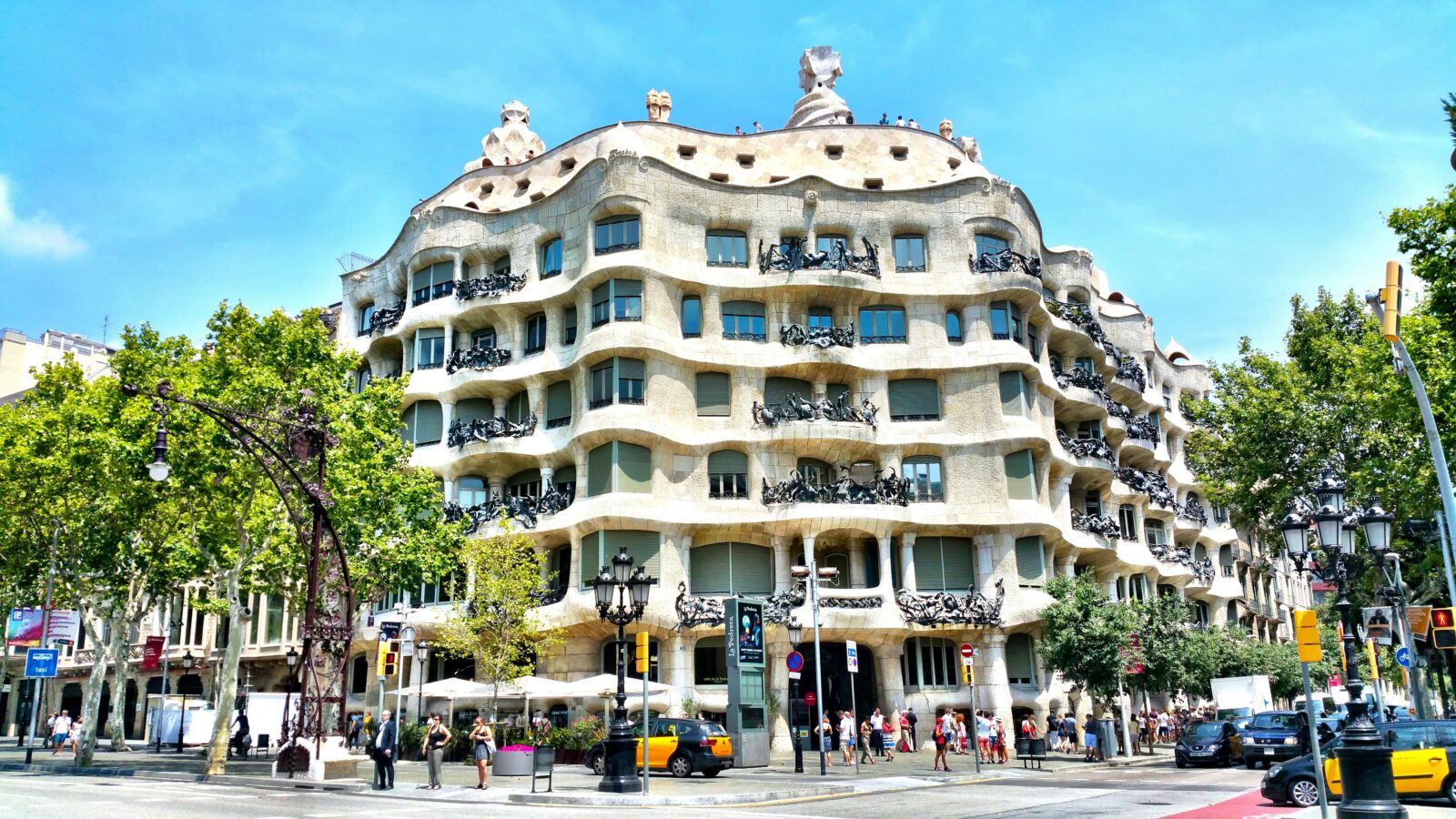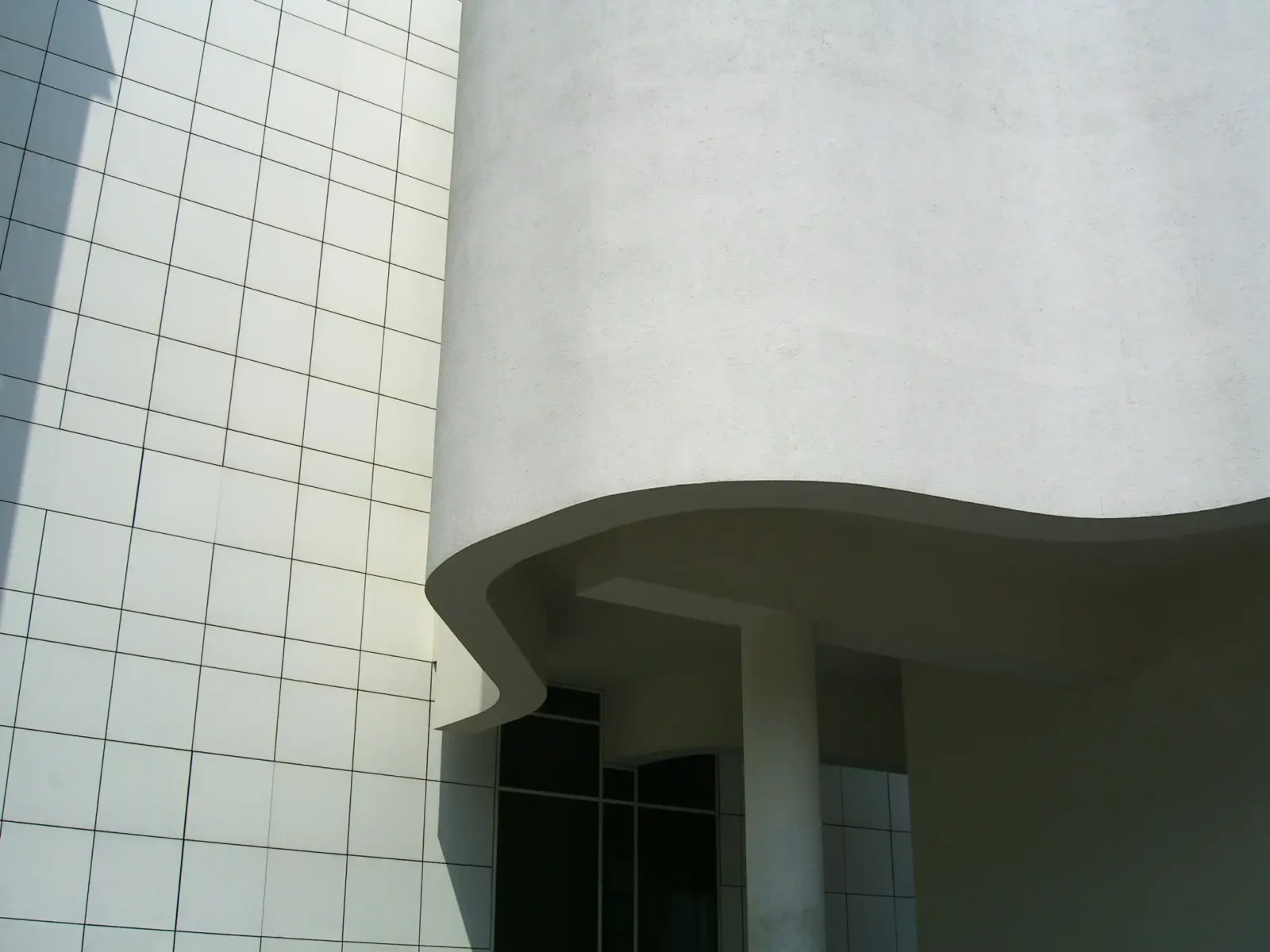- Home
- Articles
- Architectural Portfolio
- Architectral Presentation
- Inspirational Stories
- Architecture News
- Visualization
- BIM Industry
- Facade Design
- Parametric Design
- Career
- Landscape Architecture
- Construction
- Artificial Intelligence
- Sketching
- Design Softwares
- Diagrams
- Writing
- Architectural Tips
- Sustainability
- Courses
- Concept
- Technology
- History & Heritage
- Future of Architecture
- Guides & How-To
- Art & Culture
- Projects
- Interior Design
- Competitions
- Jobs
- Store
- Tools
- More
- Home
- Articles
- Architectural Portfolio
- Architectral Presentation
- Inspirational Stories
- Architecture News
- Visualization
- BIM Industry
- Facade Design
- Parametric Design
- Career
- Landscape Architecture
- Construction
- Artificial Intelligence
- Sketching
- Design Softwares
- Diagrams
- Writing
- Architectural Tips
- Sustainability
- Courses
- Concept
- Technology
- History & Heritage
- Future of Architecture
- Guides & How-To
- Art & Culture
- Projects
- Interior Design
- Competitions
- Jobs
- Store
- Tools
- More
2025 NYC Construction Outlook Trends in Commercial Interiors

It has been a pivotal year for New York City’s commercial real estate sector thus far. With the demands for office-to-residential conversions accelerating, sustainability requirements tightening, and tenant expectations shifting, developers and designers are being ushered into a dynamic landscape. Commercial interiors are no longer just about aesthetics, rather they’re about adaptive reuse, flexibility, health, and value for the years to come.
For owners, architects, and investors in the Big Apple, keeping up with these shifts is essential to remain competitive. Below are the leading trends shaping 2025 in NYC interiors.
Table of Contents
Toggle1. Office fit-outs are getting more demanding

NYC continues to be one of the costliest markets for commercial interiors, yet tenant expectations keep climbing. From flexible partitions and wellness zones to prestige-level finishes, today’s fit-outs require both creativity and precision.
Who’s leading the charge:
- Blueberry Builders general contractor services in NYC – A mid-sized firm specializing in high-end commercial interiors. Their structured, detail-driven approach to office and hospitality fit-outs helps clients balance cost with design excellence, exactly what’s needed in today’s demanding market.
- ForrestPerkins – A boutique design-build group known for hospitality interiors that merge brand storytelling with luxury finishes.
- Spector Group – An agile player helping startups and landlords reshape spaces for hybrid work with flexible, cost-conscious solutions.
2. Adaptive reuse reshaping the market

With office vacancies lingering in Midtown and FiDi, conversions are redefining interiors across Manhattan. Repurposing outdated office towers into mixed-use or residential developments requires significant reconfiguration of layouts, utilities, and daylighting strategies.
Why this matters for interiors:
- Designers must navigate flooring and window layouts for offices, beyond just apartments.
- Interior solutions must prioritize natural light, flexible layouts, as well as new mechanical, electrical, and plumbing systems.
3. Sustainability and compliance requirements

Sustainability has become a defining trend in New York City’s commercial interiors, with businesses increasingly prioritizing eco-friendly design and construction. Many projects now incorporate recycled materials, energy-efficient lighting, low-volatile organic compound finishes, and biophilic elements like indoor greenery. There are certifications and standards that guide these efforts, reflecting a commitment to healthier workplaces. This shift not only reduces environmental impact but also enhances employee well-being and aligns with corporate social responsibility goals.
Then, there is NYC’s Local Law 97, part of the Climate Mobilization Act, which imposes stricter carbon emission caps starting in 2024 and tightening further through 2030. What is the implication of the existence of this law? It only means developers can no longer afford to ignore sustainable construction practices.
Trending interior strategies include:
- Low-carbon materials like cross-laminated timber (CLT) and recycled steel
- Smart HVAC and lighting systems for energy efficiency
- WELL and LEED certifications that prioritize health and sustainability
4. Wellness and human-centric interiors

Post-pandemic tenants want more than wide spaces. They want spaces that enhance well-being. This is important because environments that support well-being can boost productivity, reduce stress, and improve employee retention.
Key wellness trends for this year and beyond:
- Biophilic design: Natural finishes, greenery, and daylighting
- Air quality upgrades: Advanced filtration systems and operable windows
- Neurodiverse-friendly design: Quiet pods, sensory spaces, and adaptable layouts
These wellness elements are no longer perks, rather they’re part of the competitive leasing equation in NYC’s Class-A market.
5. Smart, connected interiors

Technology continues to drive interior design and construction. Tenants expect data driven spaces that improve performance and reduce operating costs. Tenants and landlords alike expect innovative, connected environments that improve performance and reduce costs. On the rise in NYC interiors includes:
- IoT sensors tracking occupancy and energy use
- HVAC systems run by AI, predicting demand
- Smart access and security solutions
However, There Are Challenges
Even with strong demand, developers face headwinds. Labor shortages continue to slow project timelines and push costs upward. Permitting in NYC remains complex, especially for conversions and historic structures. Coordination with multiple stakeholders, such as investors, architects, and city agencies, adds layers of complexity.
The firms best positioned to thrive are those that combine deep local expertise, strong project management, and transparent communication.
NYC 2025: Interiors Meet Resilience
Below is a chart to help you better comprehend this discussion:
| Trends | Implications for Commercial Interiors |
| Office resurgence | Upscale, amenity-rich interiors; focus on gathering, wellness, and prestige. |
| Adaptive reuse | Retrofitting interiors; new challenges integrating residential services into former commercial shells. |
| Rising fit-out costs | Investing strategically in quality, flexibility, and sustainability to deliver long-term value. |
| Wellness and sustainability | Demand for green materials, certifications, biophilia, and advanced building tech. |
| Flexibility and identity | Interiors must be adaptable and unique, merging aesthetics with functionality and brand storytelling. |
| Labor and regulations | Need for efficient project management, code-savvy design, and careful scheduling to counter delays and cost inflation. |
NYC 2025: A Market in Motion
New York’s commercial interiors are evolving quickly, shaped by adaptive reuse, wellness demands, costly but high-value fit-outs, compliance requirements, and technology adoption.
For decision-makers, staying ahead means partnering with firms that can navigate complexity while delivering precision, professionalism, and long-term value.
illustrarch is your daily dose of architecture. Leading community designed for all lovers of illustration and #drawing.
Submit your architectural projects
Follow these steps for submission your project. Submission FormLatest Posts
The Ultimate Guide to Fencing in North Dakota: Choosing the Best Fence for Your Property
Watching a chain link fence twist in 70 mph winds near Minot...
Gaudí: Where Architecture Meets Science
Gaudí: Where Architecture Meets Science shows catenary arches, ruled surfaces, and biomimicry...
How Housing Market Forces Shape Architectural Design Today
Architecture never exists in isolation. Buildings rise from a mix of ambition,...
Why Portable Formaldehyde Gas Detectors Matter on Construction Sites
As construction practices shift toward more enclosed and material-intensive environments, the risk...












Leave a comment